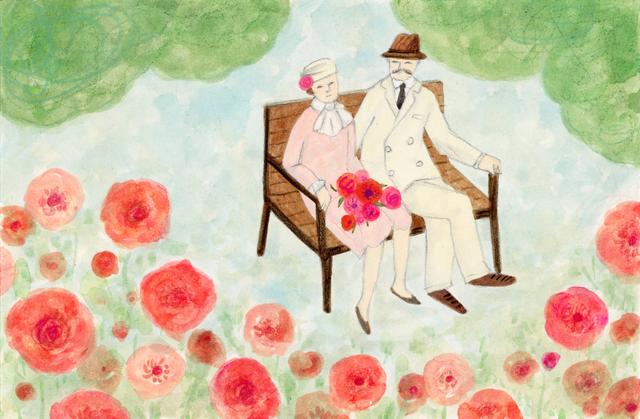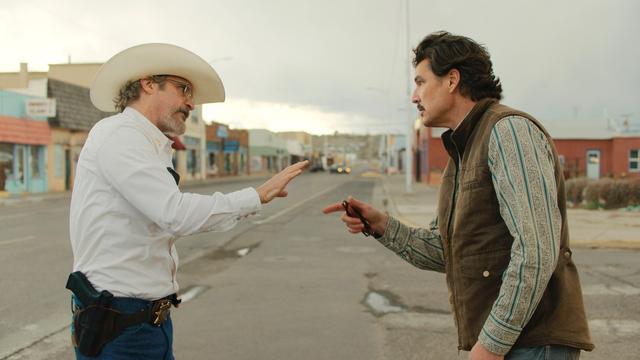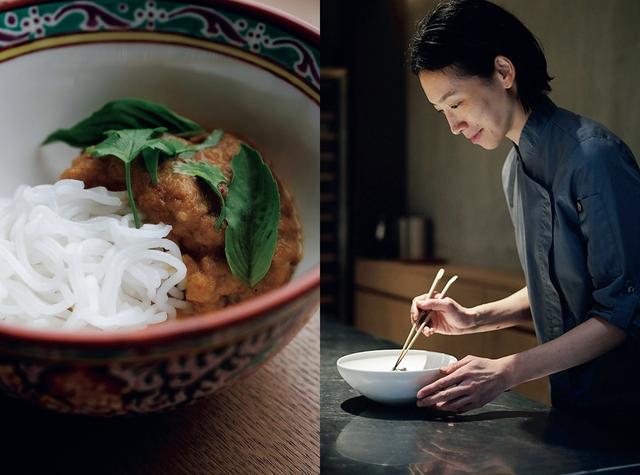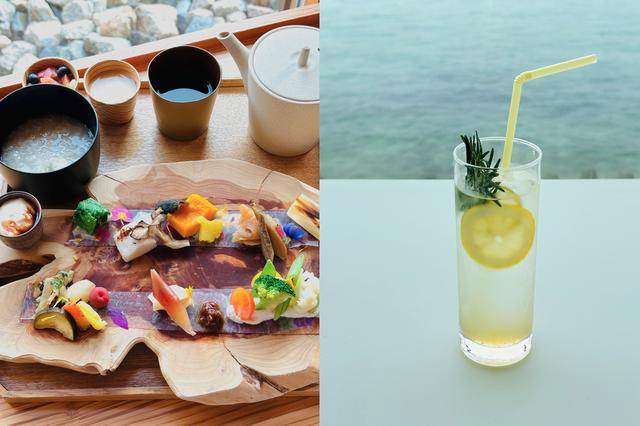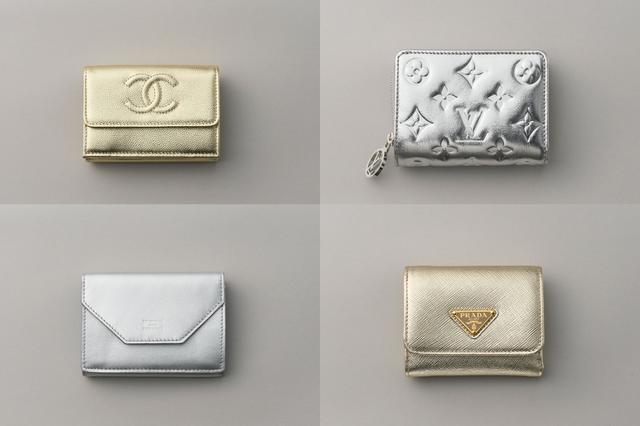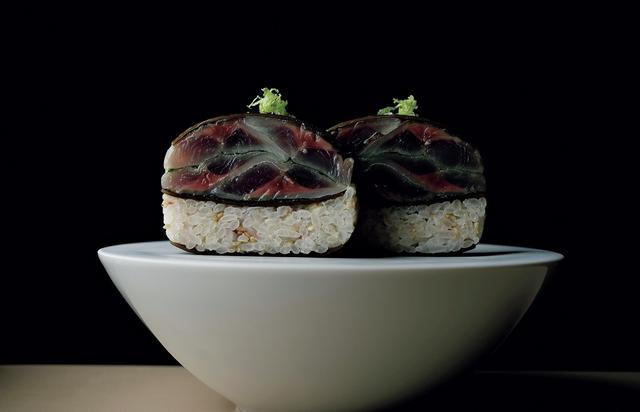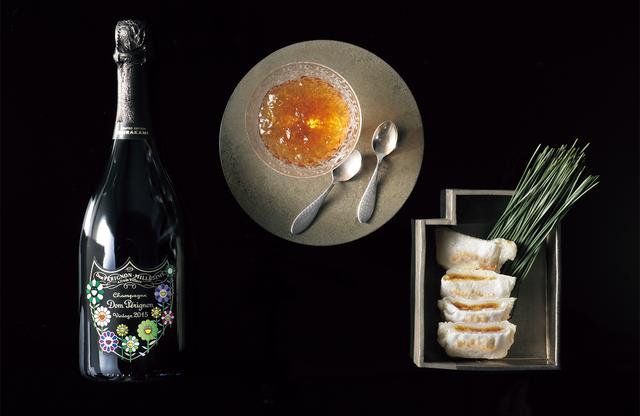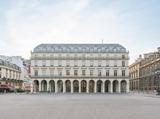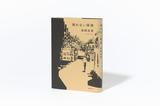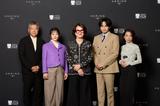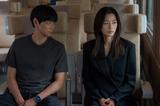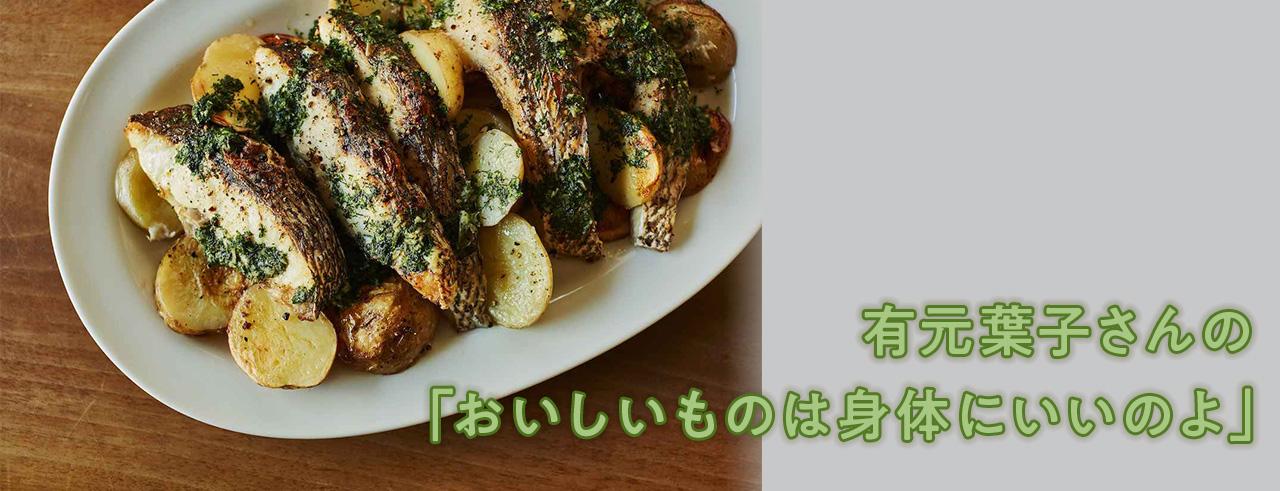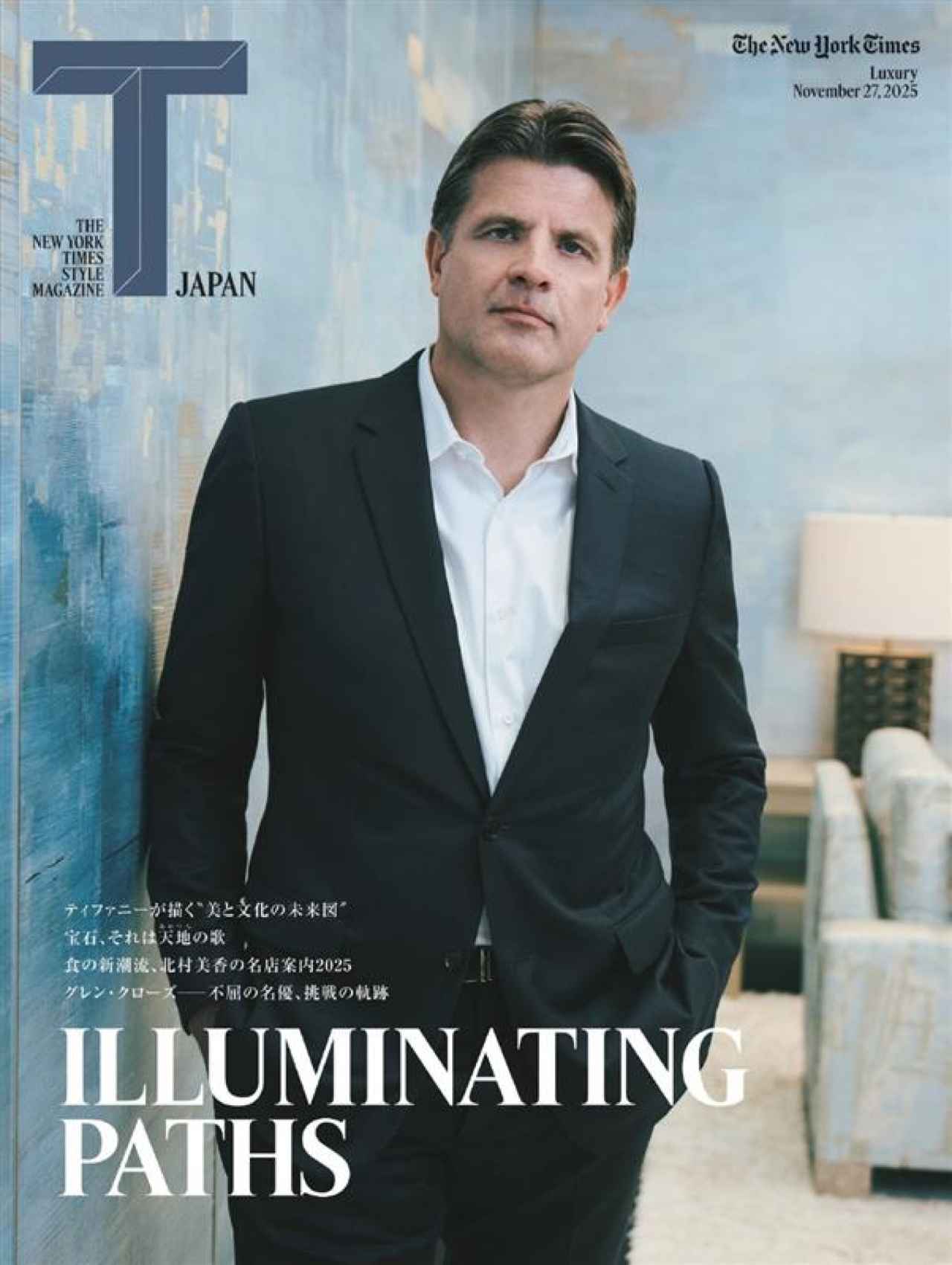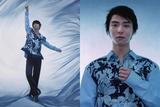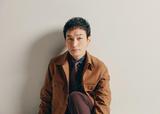BY RIMA FUJITA, TRANSLATED BY NAOKI MATSUYAMA

理麻「15歳で即位し、チベットの精神的なリーダーのみならず政治上のリーダーとしての責任をも負うことになったとき、どのように重圧を克服されたのですか」
猊下「ダライ・ラマ13世のときと同様に、私も18歳で即位したいと主張しましたが、当時のチベットの状況からやむを得ませんでした。政治については、周囲にたくさんアドバイスを聞きました。側近たちや先生たちだけでなく、料理人や清掃係の人たちにも聞きましたよ。でも最終的には自分で考え、自分で判断し、自分で決めねばなりませんでした」
理麻「猊下はよくご自分で“モー”(チベット伝統のサイコロを用いて神託を求めるもの)をなさって、決め事をなさりましたね? 周囲のアドバイスを聞いても最終的にはご自分で考え、ご自分で判断をなさったということですね?」
猊下「そうです。モーはいつも正確でしたから、モーのアドバイスも完全に信頼していました。そして、それが結果的に自信をもつことにつながったのです」
――チベット仏教は実にロジカルで、分析に基づいた論理的な哲学だ。また、猊下は科学を重んじ、その知識も深い。「私がダライ・ラマだからといって私の言葉を鵜吞みにしてはいけません。自分で分析し、研究し、判断しましょう」「祈るだけでは何も変わりません。行動しましょう」と猊下はよく話されている。一方で、モーや、ダライ・ラマの転生を探すヒントを映した湖面の逸話など、チベット文化には今の科学で証明できないメタフィジカルな要素も豊かだ。猊下が貫く「非暴力」「思いやりの心」「智慧」のメッセージのみならず、このような人智を超えたパワーを軽んじない謙虚さ、真の叡智も多くの人の心をとらえるのだと私は思う。
理麻「54歳でノーベル平和賞を受賞なさったときは、うれしかったことと思いますが、同時にプレッシャーを感じられましたか?」
猊下「まったくありませんでした。なぜなら私は常に『ただごく普通の仏教僧侶』だからです。それ以上でもそれ以下でもありません。ただ、賞をいただいたということは、私の貢献が何かしらの形で認められたのだと認識しています。ああ、受賞直後に、インド人の友人からさっそく『賞金はどうした?』と聞かれましたよ」
――わっはっは~、とまた豪快に笑いながら、一部はいくつかのチャリティに寄付し、残りはチャリティ財団(※The Foundation of Universal Responsibility of H.H.The Dalai Lama)の資金にあてたのだという。

PHOTOGRAPHS: COURTESY OF TENZIN CHOEJOR / OHHDL
「私は1959年にインドへ亡命しましたが、チベット人としてのスピリットを抱き続け、今もチベットの地にあるチベット人たちの魂を大切にしています。もしも私があのままチベットにいたら、私は視野の狭いダライ・ラマになっていたかもしれません。私は常に、自分はただひとりの人間だと思っています。特別な人間ではありません。他人との間に特別な壁があるとも思っていません。この世の75億の人間は基本的にみな、同じ人間です。このような見方が自分を自由にしてくれました。私は国を出て難民にならざるを得なかったことで、視野が広がったのです。チベットは中国に侵略され悲劇を体験しましたが、それによって真の目を覚ました部分もあるのです。チベット仏教もです。以前はお経をすべて暗記していても、真の意味を何ひとつわかっていない人々や僧侶もたくさんいたのです」
――側近が猊下にお茶を持ってきた。猊下は私にもお茶を出すよう指示をし、私に「お茶をどうぞ。ティー!ティー!」と勧めた。そのチャイのおいしかったこと! なんともいえないコクに上品な花の香りが漂い、みごとな味わいだった。
理麻「猊下の老年期について伺います。猊下はいつも『人生に何の悔いもない』とおっしゃいますが、今世でチベットに戻れなかったとしたら、猊下のお戻りを待っている600万人のチベット人たちに対して罪悪感などはありますか?」
猊下「肉体的にはチベットにいなくても、私のメッセージはチベットに存在しているのです。私があのままチベットに残っていたら、私の自由は存在しませんでした。チベットのために何もできなかったことでしょう。私は肉体的にはチベットの外にいてもチベットの精神を抱き続け、チベット人たちは私の精神を抱き続けているのです。チベット内のチベット人たちは仏教徒であってもなくても、私を完全に信頼して支持してくれています。ですから悔いは何もありません」
――40分経過、予定より押してしまった。私が立ち上がると猊下は「座ってお茶をどうぞ。座って、座って!」と引き止めた。私は座り直し、急いでお茶を飲んだ。それから私の絵を差し上げた。新作の絵本の表紙の原画だ。猊下はとても喜んでくださった。手をとりあい、廊下に出て見送ってくださった。「お体を大切にお元気でいらしてくださいね」と伝えると、猊下は笑顔で「ありがとう、ありがとう」とこたえられた。廊下の先に次の謁見のグループの姿が見えた。政治的謁見なのだろう、チベット亡命政府の首相ロブサン・センゲ氏をはじめ、ダークスーツを着た男性たちだ。猊下の表情が一瞬で引き締まった。

私の最新の絵本『チベタン・アイデンティティ』。表紙はチベットに存在するすべてのチベット人たちを描いた。広いチベットでは地域ごとに民族衣装も言葉も異なるのだが、彼らの輪の中央に「チベット」というチベット文字を描いた。文字はヒマラヤの幻の花、ブルーポピーで構成している。「チベット人であるとはどういう意味か?」という問いについて、世界各地で難民として暮らすチベット人の若者35人のエッセイが寄せられている。チベット難民とチベット内で苦しむチベット人を団結させているのは猊下の存在だ。それでも対立はあり、猊下の亡きあとに混乱が起こることが懸念される。この本が、彼らのアイデンティティを見つめ直すひとつの機会となり、誇りと団結につながることを願っている
My latest picture book, Tibetan Identity. For the cover, I painted all the Tibetan people from different regions in Tibet. In its large continent, Tibet comprises diverse types of traditional clothing and languages. I drew the Tibetan word for “Tibet” in the middle of the circle formed by the people. This word is composed of the rare Himalayan flower, Blue Poppy. The book contains essays written by 35 young Tibetans living around the world as refugees based on the question, “What does it mean to be Tibetan?” The solidarity between Tibetan refugees and those living in Tibet is forged through the presence of HHDL. Conflicts, however, do exist and there are concerns about eventual commotions after HHDL passes away. I hope for this book to be an opportunity for Tibetan people to revisit their own identities in a way that leads to pride and solidarity.
COURTESY OF RIMA FUJITA
RF: You were enthroned at the age of 15 and became not only a spiritual leader but a political leader of Tibet. Being only a teenager, how did you deal with such an enormous responsibility and pressure?
HHDL: As The 13th Dalai Lama was enthroned at the age of 18, I insisted that I wanted to wait until 18 years old, but I had no choice at the time due to the circumstances in Tibet. For the political decisions that I had to make, I asked everyone for their opinions - not only my teachers and confidants, but the cooks and sweepers too. But in the end I had to make my own decisions.
RF: You often did your own “Mo” (traditional Tibetan divinations using dice). You say that you asked around for advice, but in the end you had to think and decide for yourself, right?
HHDL: Yes, that’s right. Mo was always accurate, so I had a total trust in Mo’s advice, and the result [of trusting in the Mo] led me to have full confidence in my decision making.
— Tibetan Buddhism is a philosophy that is based on highly sophisticated logic and analysis. HHDL sees great value in modern science and has deep knowledge about it. He often says, “Don’t trust what I say just because I am the Dalai Lama. You must analyze it, examine it and find out for yourself.” He also repeats, “If you only pray, things won’t change. You must take action.” On the other hand, for centuries Tibetan culture has honored the non-scientific aspects of life such as “Mo” divination and relying on signs that appear on the surface of a holy lake or in one’s dreams and meditations. I believe that many people in the world are deeply moved and inspired by not only his timeless messages of non-violence, wisdom and compassion, but also his humble attitude towards the unexplainable aspects of phenomena that seem to be larger than our human lives.
RF: When you received the Nobel Peace Prize at the age of 54, I’m certain that you were happy, but did you also feel the extra pressure of responsibility because the world would know more about the Tibet issue?
HHDL: No, not all. It’s because I see myself as a simple Buddhist monk. Nothing more, nothing less. But the fact that they gave me an award makes me think that perhaps they recognized something in what I had done. I remember that right after the ceremony one Indian friend of mine asked me, “What did you do with the money!?” Hahaha!
— HHDL laughed so hard again, and told me that he had donated the prize money to charities and also used it to create a charity organization, The Foundation of Universal Responsibility of H. H. the Dalai Lama.
HHDL: I fled from Tibet to India in 1959, but I’ve kept my spirit as a Tibetan and also the spirits of the Tibetans inside Tibet. If I had stayed in Tibet, I would have become a very narrow-minded Dalai Lama. I always consider myself as a simple human being, and never see myself as special. I don’t think that there is a special barrier between others and me. 7.5 billion human beings in this world are all basically the same human being. This point of view made me free. Having to become a refugee gave me a broader point of view. Tibet experienced tragedy by being invaded by China, but that very tragedy also gave us a true wake-up call. The same thing happened to Tibetan Buddhism. There were so many monks and Tibetans who had memorized all the mantras and prayers, but did not know the meaning of them at all.
— A monk brought tea to HHDL, and he told the monk to offer me one also. “Have some tea! Tea! Tea!” said HHDL. What a cup of tea this was. It was full of an unbelievably elegant floral aroma and definitely the most exquisite milk tea I had ever had in my life!
RF: Your Holiness, now I’m going to ask you about your recent years. You often say, “I have no regrets in life.” If you do not get to return to Tibet in this life time, would you feel guilty about the 6 million Tibetans inside Tibet who have been waiting for your return?
HHDL: No, not all. Even though my physical body is not in Tibet, my messages are there in Tibet. If I had stayed in Tibet I would not have had any freedom, and I couldn’t have done anything for my country. I am not in Tibet physically, but I’ve been with my Tibetan spirit, and my Tibetans in Tibet have been with my spirit. Whether they are Buddhists or not, all Tibetans inside of Tibet fully support me and my messages. Therefore, I absolutely have no regrets.
— 40 minutes had passed, and we were supposed to wrap up a while ago. I stood up to thank him, but HHDL stopped me and said, “Sit! Sit! Finish your tea!” with a radiant smile. I sat down and rushed to drink the delicious tea. Then I presented him my original art for the cover of my book as a humble gift. He walked me to the hallway hand in hand. “Please take good care of yourself and please live for a long, long time, Your Holiness.” I told him. “Thank you, Thank you!” he smiled. Then we saw a group of men in dark suits waiting for an audience in the hallway accompanied by Dr. Lobsang Sangay, the Prime Minister of the Central Tibetan Administration. HHDL’s face suddenly tightened.


















